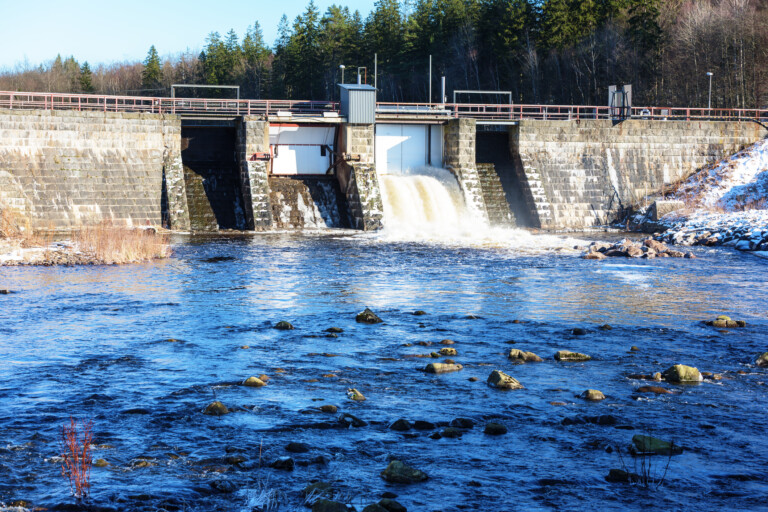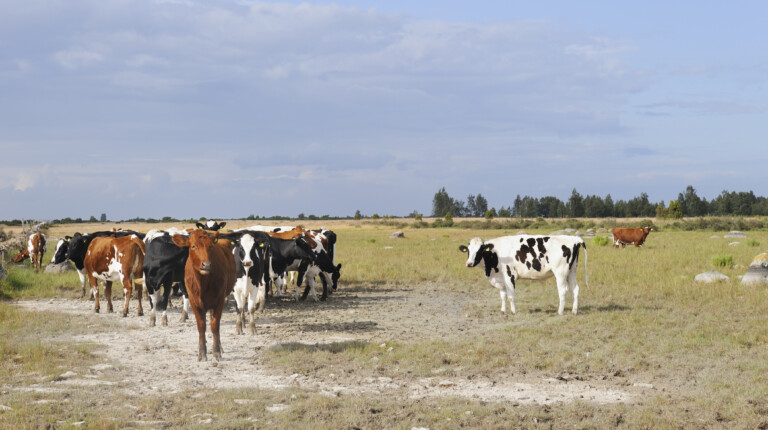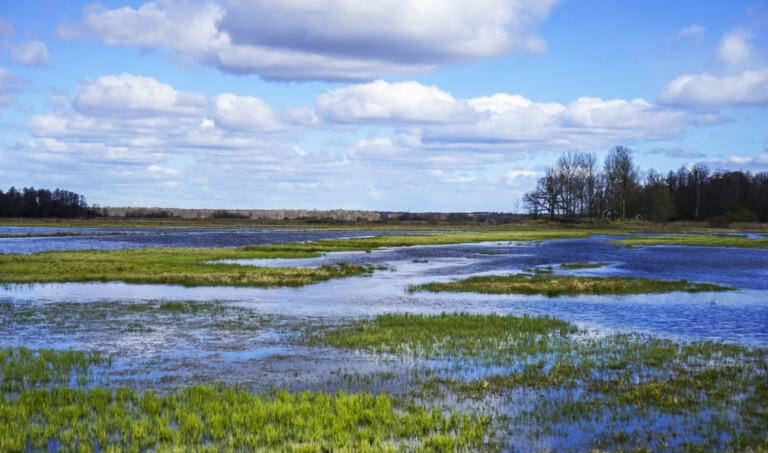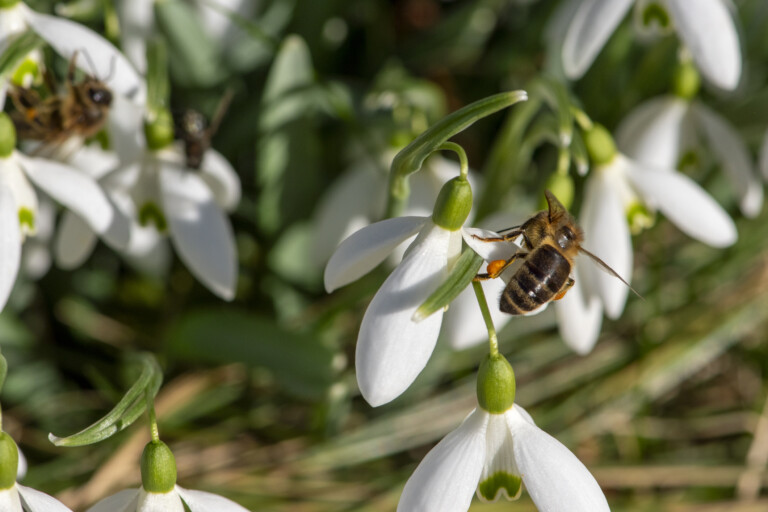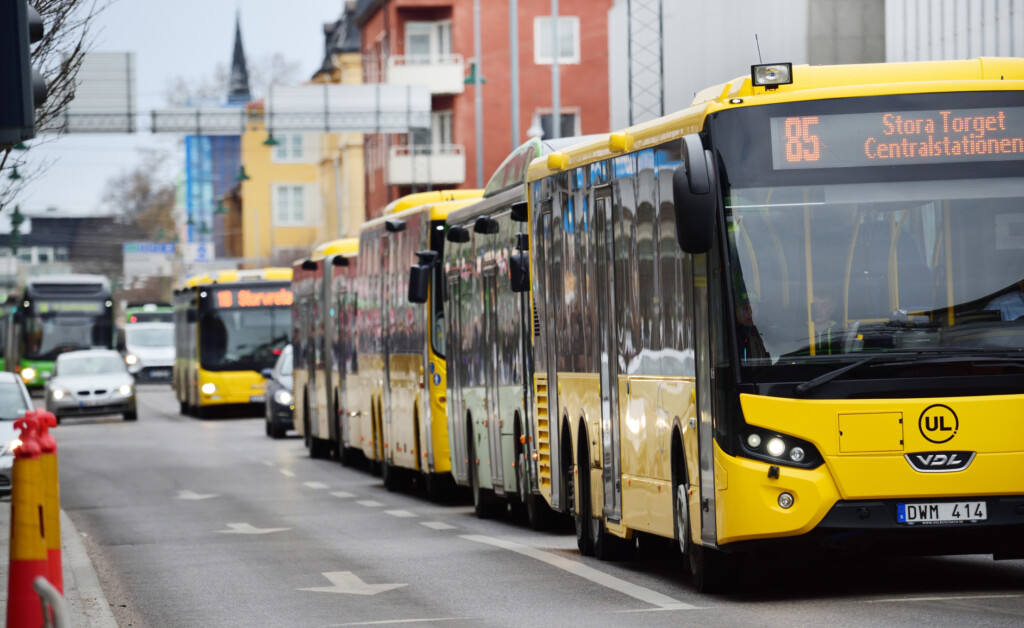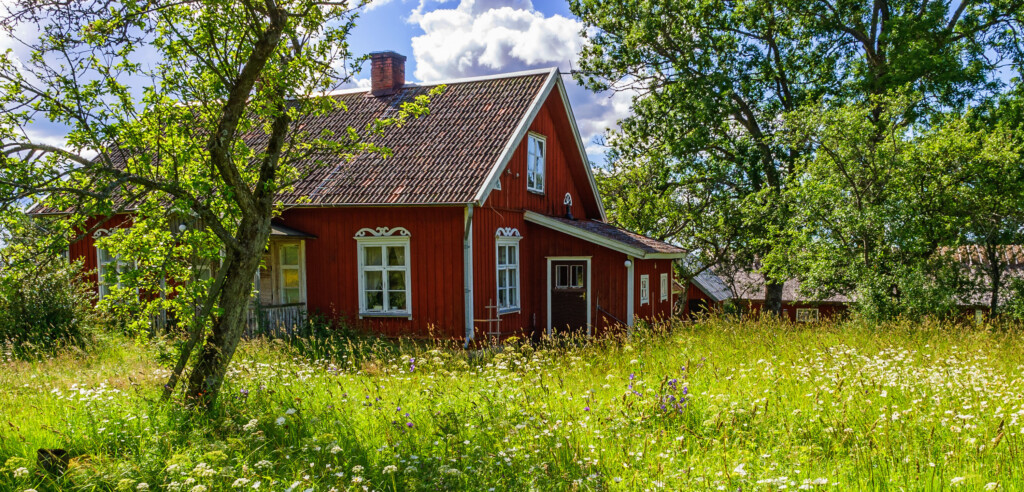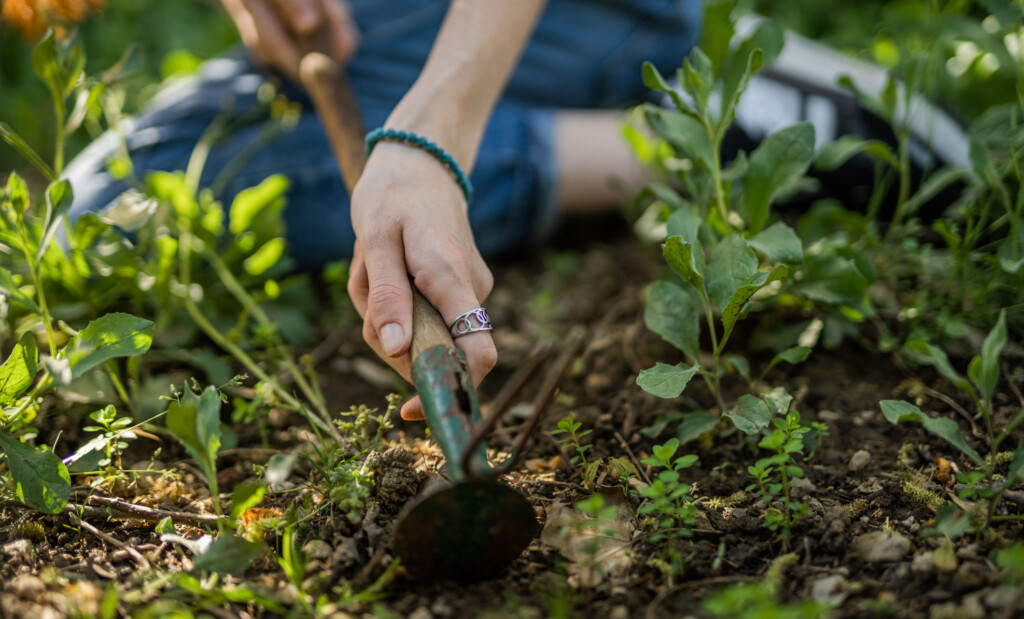Water
“We need to take gardening more seriously”
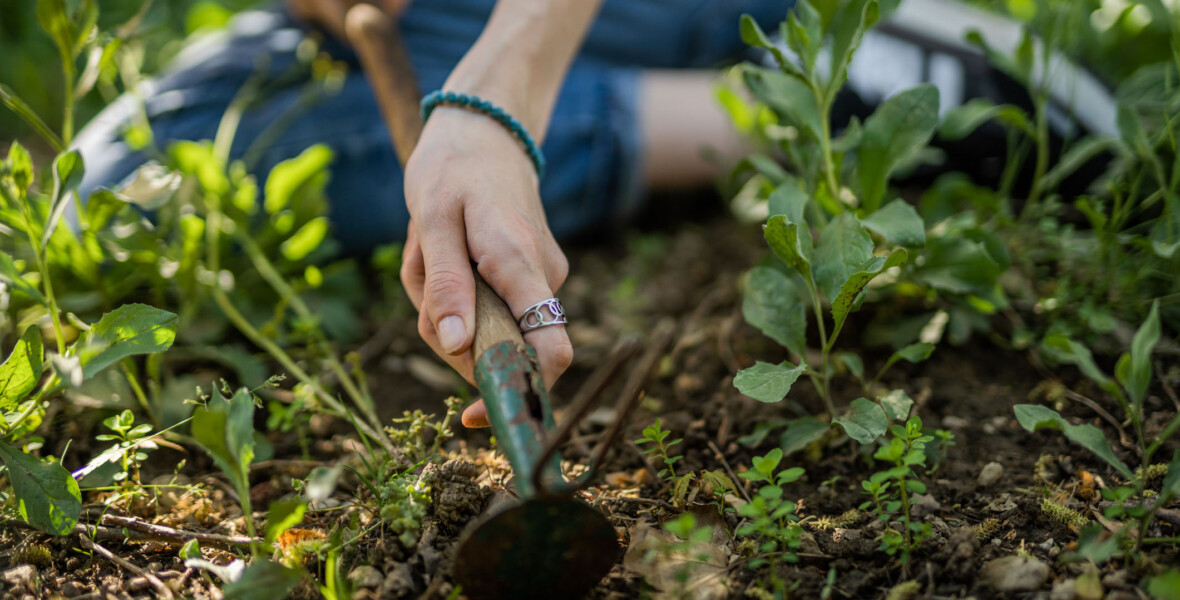
Hobby gardeners see the effects of climate change in their gardens and want to contribute to a better world. But how should gardeners navigate the onslaught of information that isn’t always based on fact? The low status of gardens may be an obstacle for home gardeners who are trying to do the right thing.
Prenumerera på Extrakts nyhetsbrev!
Läs mer
Håll dig uppdaterad! Få kunskapen, idéerna och de nya lösningarna för ett hållbart samhälle.
Personal data is stored only for the mailing of Extrakt newsletters and information related to Extrakt’s operations. You can cancel the newsletter at any time, which means you will no longer receive any emails from us
Sweden’s gardening enthusiasts are growing in number each year, and most are decidedly committed to nature and the environment. The effects of climate change are visible in the garden, for example as drought, heat or flooding. But the garden is also a place where something concrete can be done about society’s challenges, such as reduced biodiversity or threats to pollinators.

Sofia Cele, researcher in cultural geography at Uppsala University, is chair of the Garden History Forum, with wide-ranging interest in how people relate to plants, places and gardens. She is calling for more research on gardening as a cultural activity and on the garden’s true potential when working for biodiversity and the climate.
“Gardens may be an extremely important cultural phenomenon for many people, but Sweden has been slow to put these issues on the agenda. I think it’s seen as a cute leisure activity, which is reflected in our nearly non-existent protection of historic gardens. There is a massive difference to the UK, France and Denmark.”
Sofia’s latest contribution to Swedish research on gardening is the newly launched “With your hands in the soil?” project, on how gardeners think about what they grow from an environmental perspective. How do climate change and biodiversity impact their views of gardening? Where do they find facts and information?
“There is a huge desire to do the right thing and many people are knowledgeable. But the degree of knowledge is uneven, and the media often present a one-sided picture, such as for how to best manage the loss of meadow flora. Getting rid of all lupines might not be the only option; it could be better to put your energy into favouring a few native plants.”
How we talk about gardens
The project includes interviews with gardeners to understand their experience of environmental threats and their understanding of nature and the environment. Where do Sweden’s gardeners receive information about threats to the climate and biodiversity and about gardening in general? An important piece of the puzzle is information presented by various gardening-related media. As the gardening movement has grown, the number of podcasts, blogs and Instagram accounts has exploded.
“I’m going to make a selection and analyse their content. Who is communicating and where do they get their information? Many of them are really good, while others with a lot of listeners or readers are mostly passing on information. My point is that even if you want light, pleasant content, you have a responsibility when you’re reaching a large audience.”
Fundamentally, how we talk about gardens is what matters,” according to Sofia Cele. When she brings up the UK or Denmark as good examples, she notes their traditions of discussing what constitutes a good garden. Sweden has no such tradition of garden critique that resembles how we talk about art or literature.
“We need to understand the impact of gardens on society – to take them a bit more seriously.”
Not always a green industry
One goal of the research project is to determine the best way to communicate information about sustainable gardens to Sweden’s gardeners. While the main focus of the project is on gardeners and media, that goal makes it difficult to ignore the role of the garden industry – which is green but far from always sustainable.
“The garden industry still has major environmental problems and a massive responsibility. We can’t put all the responsibility on individuals; far from everyone can make their own soil to avoid the damage that peat does to the climate. And the many cases of plants being poisoned by pyralids in fertiliser and soil may be a public scandal, but no one wants to pursue the matter, which has basically been left entirely up to knowledgeable individuals.
We can’t put all the responsibility on individuals.”
The industry has not progressed at the same rate as the gardening movement, according to Sofia Cele. The lack of alternatives to peat is one example, but studies also show that perennials marketed as particularly beneficial to pollinators have actually been grown with pesticides that harm them.
It may be time to start talking about locally grown plants, just as we do with fruits and vegetables, asserts Sofia Cele. Because paradoxically, as interest in gardening has grown, small nurseries have found it harder to survive. And plants marked as “Swedish grown” often began as plug plants raised in big greenhouses in the Netherlands or Germany.
“The industry needs to respond to this interest in the climate and environment. I also think the giant suppliers have to take more responsibility than they’re taking now. It’s also a structural problem that it is so difficult for smaller businesses to be profitable.”
A big resource
Some of the few studies of private and public gardens that are available show that gardens are a resource. In a landscape of large-scale monoculture farming, gardens can offer the biodiversity once found in small-scale agricultural landscapes.
“A study of the British garden Great Dixter showed exactly that. Even though there hadn’t been a particularly strong focus on biodiversity before, a survey showed a great deal of diversity not just among plants, but also spiders and insects. The ecologists behind the study were thrilled.”
